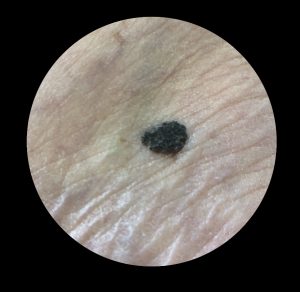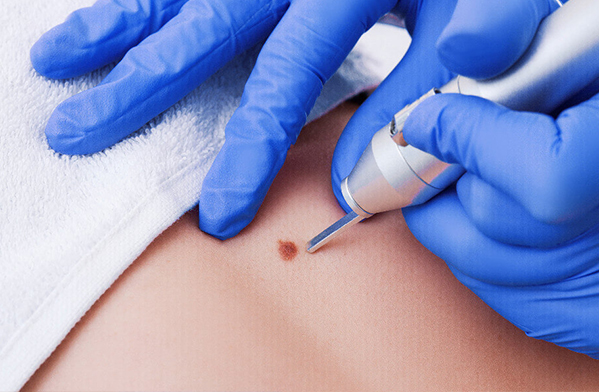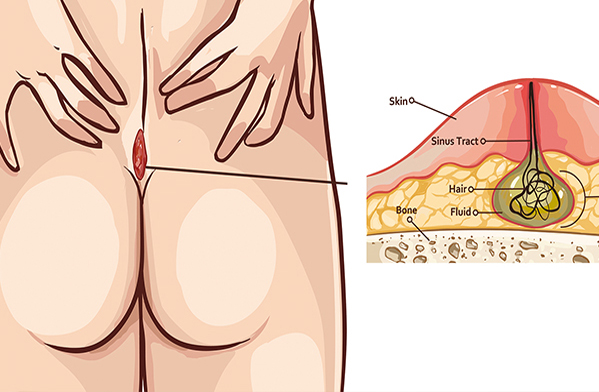REMOVAL OF SKIN NEOFORMATIONS
Skin mapping
What is skin mapping? Dr Cappellina Cesare answers
Skin mapping is an examination in which all the spots present on the skin (whether they are nevi, angiomas or any other) are examined in order to exclude that at the time of the visit there may be a skin tumor. The aim is to prevent and diagnose malignant melanoma and other skin cancers (basaliomas, spinocellular tumors, sarcomas etc.) in an early stage.
Who is it for?
In general, everyone should perform a skin mapping once a year: the examination is accompanied by the execution of digital photos that allow to compare, over time the possible modifications of the moles or of suspicious lesions, if one decides not to immediately undergo surgical removal.Mole mapping is advisable at an early age, to establish correct behaviors towards sun exposure and to evaluate the possibility of risk of melanoma.
Is it recommendable for some kind of people?
Mole mapping is particularly indicated in:
- •Cases of Melanoma in the family
- People exposed to solar radiation or that for professional reasons continue to expose themselves.
- People with light colored skin with numerous freckles, mostly if they have had repeated burns during childhood.
- Presents a large number of moles (50/100).
- Moles of a diameter greater than 6 mm, of irregular shape and color.
- The still valid A B C D E rule that allows to identify a suspicious mole
- Moles that have recently changed.
- Moles that ‘can be felt’.
- Moles present at birth.
- Moles located at the level of genital mucous and soles of the feet.
Rule A B C D E
The still valid A B C D E rule that allows to identify a suspicious mole
A – asymmetry, irregularity of the shape.
B – edges, jagged, uneven.
C – color, uneven, very dark.
D – size, greater than 6 mm.
E – hemorrhage, bleeding.
REMOVAL OF SKIN NEOFORMATIONS
Are you interested in laser removal?

The typical appearance of a melanoma: dark color, asymmetrical, jagged edges.
What happens after the mapping?
If the specialist reckons that the neoformation is worth being removed, the surgery is scheduled;
The removal is performed as an outpatient, under local anesthesia. The patient is not obliged to fast.
Will any scars remain after the possible surgery?
If the surgeon considers the mole benign, therefore not dangerous, it can be burned by using a Laser technique. If, on the other hand, certain characteristics are present, (described above) the surgeon will surgical remove a portion of the skin containing the neoformation together with same healthy surrounding tissue. The material is sent to the Pathological Anatomy, to perform the histological examination. Only the histological examination will infact garantee a certain diagnosis.
What do we recommend as general behavior rules?
- Correct solar espose with the use of screen.
- A periodic self exam.
- Follow up after a few months for suspicious.
- Standard Follow up every 1/2 years.
- Precautionary surgical removal of the mole under local anestesia followed by an histological examination

